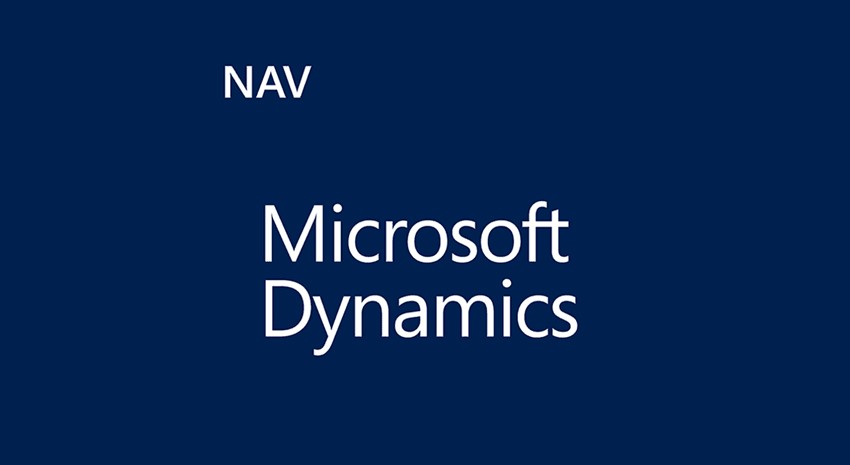In a production environment where the production cycle is long (greater than one week) and you want to schedule in component material on a just in time basis, you can use Routing Link Codes in Dynamics NAV. Routing Link Codes are used to make an association between a routing operation step and the BOM components… Continue reading Using Routing Link Codes in MRP Planning in Microsoft Dynamics NAV
Month: July 2014
Solitude: The Basis of Creativity
I often find it nearly impossible to write during the normal work day. I cannot concentrate on my own thoughts long enough to put them down on paper. The majority of the time, I save my writing for night when it’s just me and my computer. During this time, my ideas pour out onto paper… Continue reading Solitude: The Basis of Creativity
Microsoft Dynamics NAV Custom Help: The Benefits and Limitations
I often receive custom help requests from Microsoft Dynamics NAV customers. Microsoft Dynamics NAV has a Help Database that is designed to assist with user questions. If you would like to learn more about the NAV Help Database, read Help Please! – Resources for Microsoft Dynamics NAV. However, the Help Database does not always… Continue reading Microsoft Dynamics NAV Custom Help: The Benefits and Limitations
NAV Development – Import Flat Files with XMLPorts
After reading this blog, and watching the YouTube clip, you should have enough information to start figuring out how to use XMLPorts to import flat text files, even if this file contains data for multiple tables. When I first got started as a NAV developer, I was assigned a senior whose job it was to… Continue reading NAV Development – Import Flat Files with XMLPorts
Step by Step – Debugging the NAV 2009 RTC
Not too long ago, one of my customers had an issue with the RTC that we needed to debug. Instead of using the Visual Studio debugger, this customer was used to reproducing the problem in the Classic client, and debug the process there. The perception was that running the Visual Studio debugger was very difficult,… Continue reading Step by Step – Debugging the NAV 2009 RTC
NAV on SQL Server – Setup Essentials
When running Microsoft Dynamics NAV on SQL Server, the way that the system is set up can affect performance. People often ask me about how to properly set up SQL Server specifically for NAV databases, and a lot of people post questions in the online forums. I’ve posted a clip on YouTube, in which I… Continue reading NAV on SQL Server – Setup Essentials
ArcherPoint Microsoft Dynamics NAV Developer Digest – vol 9
The ArcherPoint technical staff—made up of developers, project managers, and consultants – is constantly communicating internally, with the goal of sharing helpful information with one another. As they run into issues and questions, find the answers, and make new discoveries, they post them companywide on Yammer for everyone’s benefit. We in Marketing watch these interactions… Continue reading ArcherPoint Microsoft Dynamics NAV Developer Digest – vol 9
Setting Up Cycle Counting with Warehouse Management in Dynamics NAV
I was recently asked about Cycle Counting and how Microsoft Dynamics NAV updated the ‘Next Counting Period’ on an Item Card. By following the process below, the inventory quantity will be updated, the financial adjustment will be posted to the General Ledger, and the “Next Counting Period’ will be updated. Define the counting periods in… Continue reading Setting Up Cycle Counting with Warehouse Management in Dynamics NAV
Inventory to General Ledger Reconciliation in Microsoft Dynamics NAV
The Inventory to G/L reconciliation effort in some com[current-page:url:absolute]panies can be challenging. The Inventory to G/L Reconciliation Report in Dynamics NAV makes the effort quite easy (or should I say a lot less difficult). The Report runs through the Dynamics NAV Value Entry Table to calculate the inventory value and to calculate the amounts of… Continue reading Inventory to General Ledger Reconciliation in Microsoft Dynamics NAV
Drop Shipments vs. Special Orders – Linking Sales Orders to Purchases
Oftentimes companies need to link a specific sales order to a specific purchase. In Microsoft Dynamics NAV 2013, there are two methods for achieving this goal: Drop Shipments and Special Orders. This blog will explain how each method works and review the similarities and differences between the two to help you make a better decision… Continue reading Drop Shipments vs. Special Orders – Linking Sales Orders to Purchases







